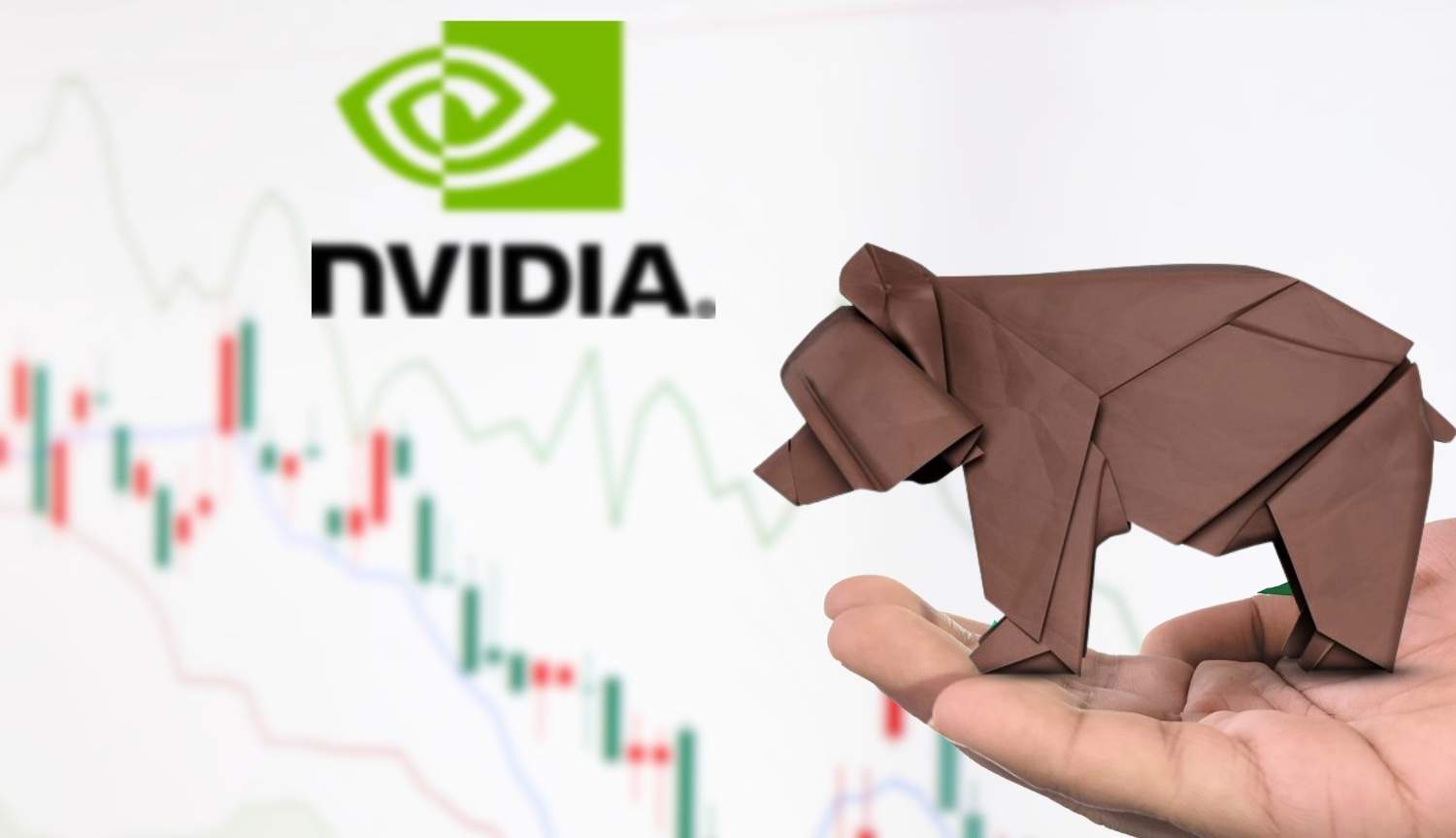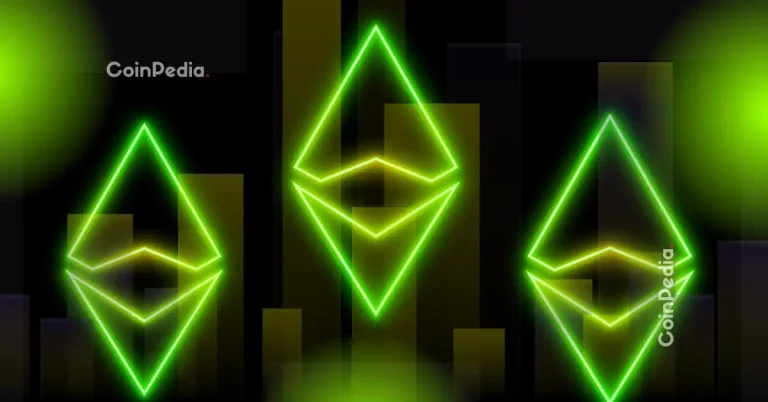
Nvidia (NASDAQ: NVDA), the tech giant that recently achieved the historic milestone of a $5 trillion market capitalization, has faced a turbulent week, shedding nearly $500 billion in value. The company’s market cap dropped from $4.94 trillion on November 3 to $4.45 trillion by November 7, marking a significant decline.
What Led to Nvidia’s Massive Decline?
The drop in Nvidia’s valuation coincides with growing investor concerns about the artificial intelligence (AI) market. Several factors contributed to this downward trend:
- Weak Labor Data: Softening economic indicators created uncertainty in the market, leading to cautious investor sentiment across the tech sector.
- Valuation Worries in the AI Industry: Analysts have raised concerns about whether current AI valuations are sustainable, prompting a ripple effect on major players like Nvidia.
- Michael Burry’s Short Bet: Notable investor Michael Burry placed a staggering $1 trillion short against Nvidia and AI peer Palantir (NASDAQ: PLTR). His move attracted criticism and added market volatility.
CEO Jensen Huang’s Remarks Add Further Pressure
Nvidia CEO Jensen Huang’s comments during a November 7 interview also influenced market reactions. Huang stated that there were “no active discussions” about selling the company’s Blackwell chips to the Chinese market due to ongoing geopolitical trade restrictions. He added, “Currently, we’re not planning to ship anything to China. It’s up to China when they would like Nvidia products to go back to serve the Chinese market. I look forward to them changing their policy.”
These remarks came amid speculation surrounding potential trade agreements between U.S. President Donald Trump and Chinese President Xi Jinping. The lack of favorable news from this front further dampened investor confidence.
Impact on the Tech Sector
Other chipmakers also experienced declines following Nvidia’s market activity. Advanced Micro Devices (AMD) fell by nearly 5%, while semiconductor giant Broadcom (AVGO) saw a 3.5% drop in its stock price. Nvidia’s recent struggles have reverberated across the broader tech sector, underscoring the interconnected nature of the AI and semiconductor industries.
Investing in a Volatile Market
With the recent fluctuations in Nvidia’s market performance, it’s more important than ever for investors to stay informed and consider diversifying their portfolios. If you’re interested in learning more about trading in high-volatility environments, platforms like eToro offer tools that help investors manage stock, crypto, and other investment assets. With over 30+ million users globally, eToro enables traders to copy top-performing portfolios and navigate challenging markets.
Moving Forward
Nvidia’s recent market cap drop serves as a reminder of the inherent risks involved in investing in high-growth sectors like AI. While the company remains a leader in the tech industry, investors are advised to monitor both macroeconomic trends and unfolding developments in the AI market.




